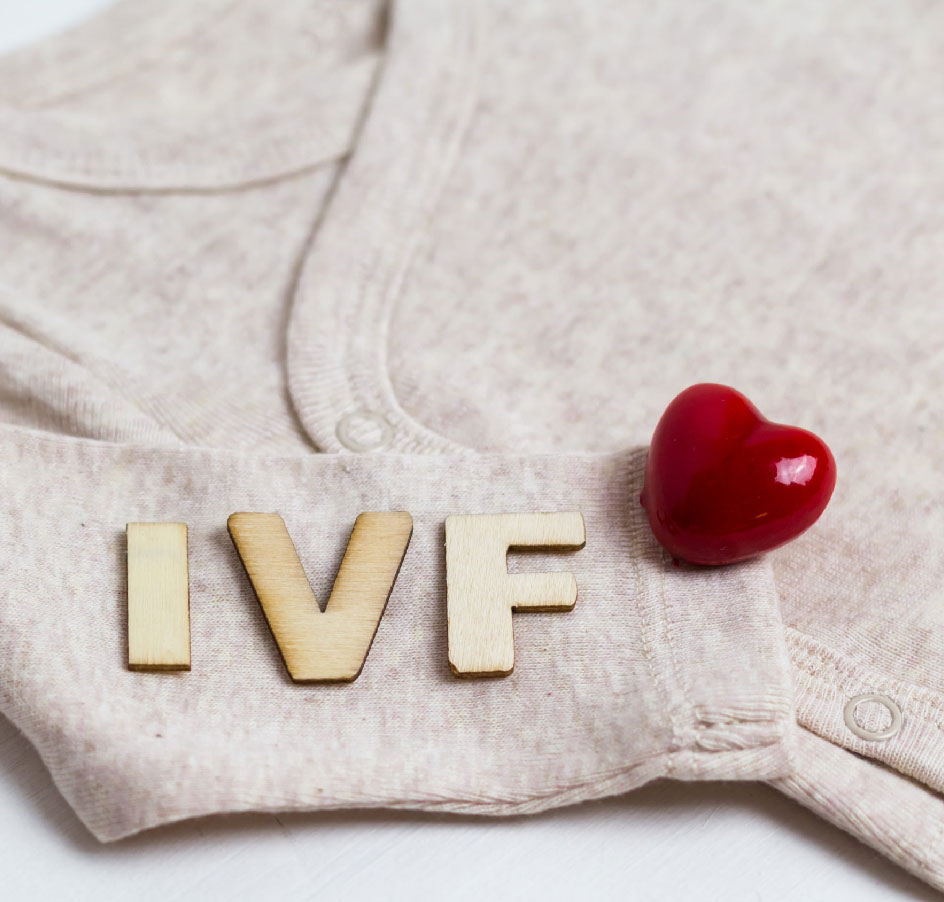Eggs and sperm are then stored in an environmentally controlled chamber. The sperm most often enters (fertilizes) an egg a few hours after insemination.
If the doctor thinks the chance of fertilization is low, the sperm may be directly injected into the egg. This is called intracytoplasmic sperm injection (ICSI).
When the fertilized egg divides, it becomes an embryo. Laboratory staff will regularly check the embryo to ensure it is growing properly. Within about 5 days, a normal embryo has several cells actively dividing.
Embryos are placed into the woman’s womb 3 to 5 days after egg retrieval and fertilization.
The procedure is done while the woman is awake. The doctor inserts a thin tube (catheter) containing the embryo into the woman’s womb. If an embryo sticks to (i.e., implants) the lining of the womb and grows, pregnancy occurs.







